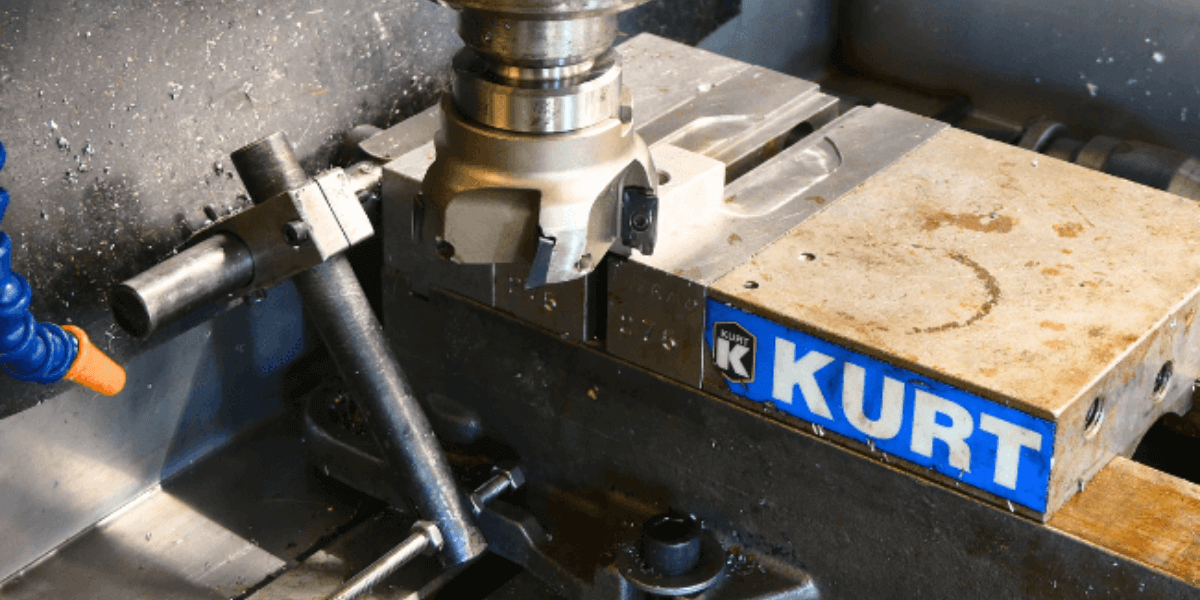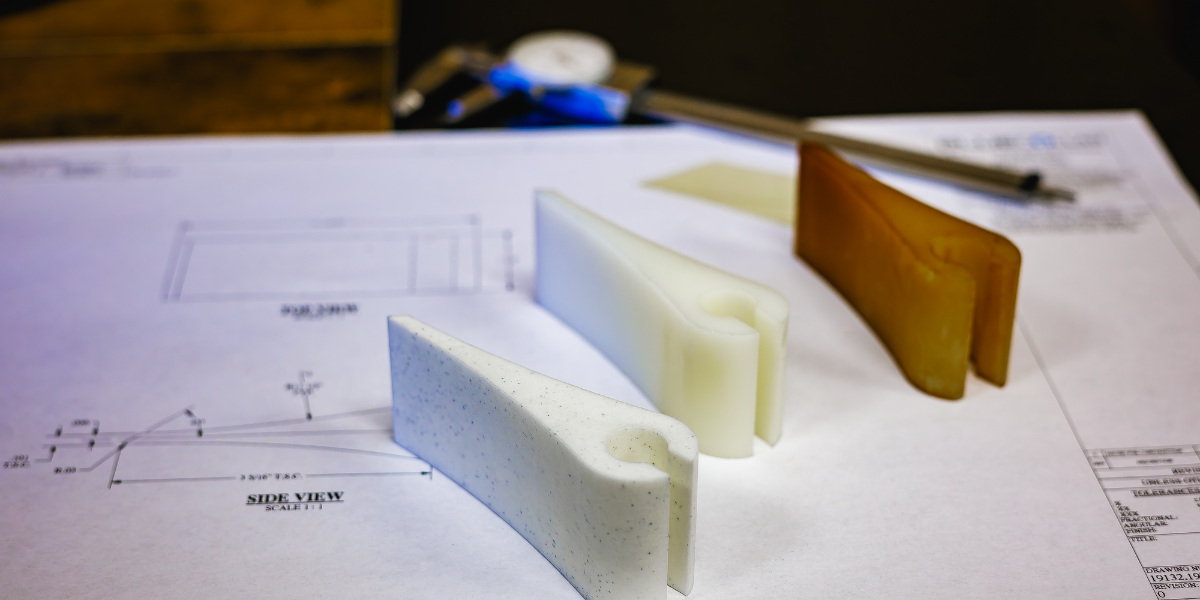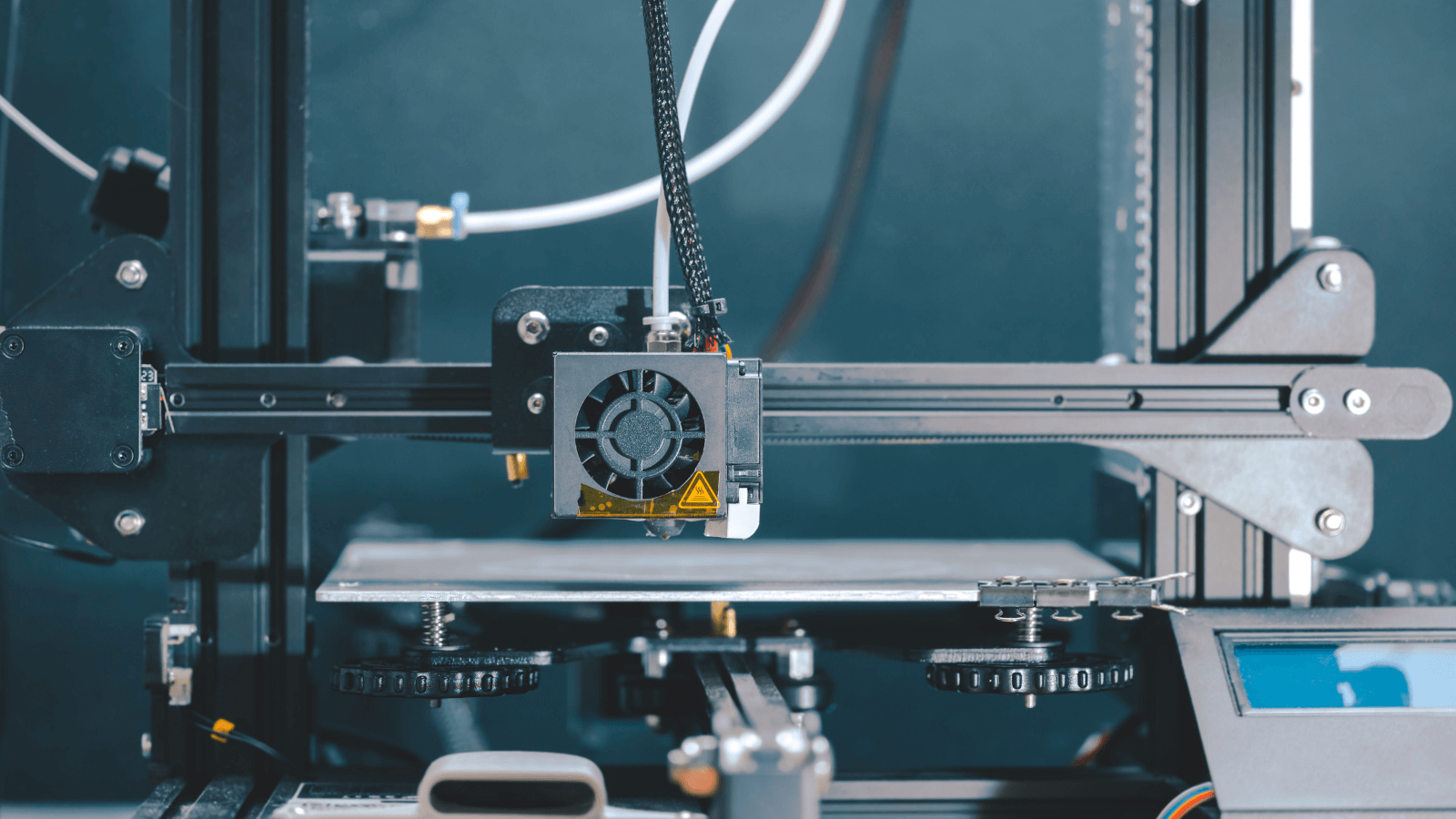Prototyping: The Crucial Step in Product Design and Manufacturing
In the ever-changing landscape of product design and manufacturing, prototyping stands out as a crucial phase. This process bridges the gap between...
Prototyping isn't just a step in the process—it's the heart of turning an idea into an actual, functioning product. Think of it as your early warning system for potential problems and your first chance to see if your vision actually works in the real world. The key to success lies in knowing which type of prototype to use and when. Get it right, and your development process will flow smoothly. Get it wrong, and it's like trying to drive a car with square wheels—frustrating and inefficient.
So, let's dive into the types of prototypes you need at each stage of your product life cycle and how they help you move from a sketch on a napkin to a product that works.
Prototyping isn't just about creating a tangible model of your idea—it's about de-risking the design process, refining features, and ensuring that the final product aligns with market expectations. By visualizing ideas early and iterating through different prototypes, teams can identify and address design flaws, saving time and resources.
Why Prototyping Matters:
Risk Mitigation: Detect and resolve potential issues before production.
User-Centered Design: Test and validate usability, functionality, and aesthetics.
Market Alignment: Gain early feedback from customers and target users.
Cost Efficiency: Avoid expensive redesigns by perfecting the product earlier in the cycle.
Every product goes through multiple stages of development, and each one benefits from different prototyping methods. Let's look at five essential types of prototypes used throughout the product life cycle.
Once you have a rough idea, the next step is to refine it with bench model prototypes. These can include foam mockups, virtual test models, or custom-built mechanisms that represent the product more tangibly, though they're still not fully functional.
The main goal of a bench model prototype is to test things like form, ergonomics, or the mechanical structure of the design. It's a great way to experiment with how the product feels or works without diving into full-scale production. These prototypes are often used early on for user testing or to validate the technology behind the product. They help identify potential design or functionality issues before committing to more complex versions.
You'll want to create a fully functional rapid prototype as the design progresses. This version resembles the final product, incorporating structural components, electronics, and interfaces. It's essentially the first version that lets you test how the product will perform in the real world.
A fully functional rapid prototype aims to test and verify the product's functionality. Advanced prototyping techniques and manufacturing methods like 3D printing or CNC machining can rapidly create a model that gives you insight into performance, usability, and potential issues. This stage is critical for catching design flaws early, helping you make the necessary adjustments before production begins.
While fully functional prototypes are great for testing performance, sometimes you need a prototype that focuses solely on the product's look and feel. This is where visual model prototypes come in. These are non-functional versions that focus purely on the product's appearance, such as color, material, and form.
A visual model prototype is often used for early marketing, crowdfunding campaigns, or packaging trials. It allows potential customers to see the product's appearance without the high costs of creating a fully functional prototype. While it doesn't serve to test functionality, it's still an essential step in the design process, particularly when focusing on aesthetics.
Once the design is nearly finalized, it's time to create a pre-production, or "alpha," prototype. This version is the first attempt to bring the product as close as possible to the final product, using advanced materials and production processes. At this point, the prototype is meant to be a fully functional version of the product, ready for final testing.
The primary purpose of an alpha prototype is to validate the design before moving into mass production. This step often involves rigorous testing, such as field trials or clinical tests, and is used to make last-minute tweaks. It's a critical stage for ensuring the product meets all expectations, both from a performance and a safety perspective, before going into production.
The production prototype is the last step before moving into full-scale manufacturing. It's made using the same materials, parts, and processes that will be used in the actual production of the product. This prototype is used to validate that everything works as intended and that the product can be produced efficiently and at scale.
The primary goal of the production prototype is to ensure the product is ready for mass production. It provides one last opportunity to gather feedback from customers, conduct final quality checks, and make any last adjustments. It's essential to ensure that the final product meets the needs and expectations of the target market before it's launched to the public..png?width=1200&height=600&name=Advanced%20Prototyping%20Techniques%20in%20Manufacturing%20(1).png)
Choosing the right advanced prototyping technique depends on factors like project goals, resources, and the stage of development. Here's a closer look at some common methods:
High-fidelity 3D CAD models simulate product functionality in a digital environment.
Techniques like 3D printing and laser cutting produce tangible models quickly. With 3D printing, you're able to create complex geometries in a fraction of the time compared to traditional methods. For products with intricate details, this is a game-changer.
MJF is a 3D printing technique that offers high accuracy and versatility. It uses a powder bed and selective fusion to build parts layer by layer. The beauty of MJF lies in its ability to create highly detailed and durable prototypes, especially for functional parts, making it an excellent choice for both prototypes and end-use parts.
DMLS is a highly advanced 3D printing technique for metal parts. It's ideal for creating prototypes from materials like titanium, stainless steel, and aluminum. The process uses a laser to sinter metal powders into solid parts, making it perfect for high-performance applications.
At Blue Collar Engineering, we don't just see prototyping as a step in the product development process—we see it as the driving force behind real-world innovation. It's not about testing theories or taking shots in the dark; it's about refining your ideas with precision, ensuring every decision is backed by real-world data and performance. We use advanced prototyping techniques, including 3D printing, Multi-Jet Fusion, and Direct Laser Metal Sintering, to help you navigate design complexities, reducing time and cost while increasing confidence in your final product.
Looking to turn your concept into something groundbreaking? With our hands-on, solution-driven approach, we're ready to help you create products that aren't just ideas—they're game changers. Let's build something extraordinary together.
At Blue Collar Engineering, we specialize in turning concepts into reality. With expertise in 3D scanning, design and drafting, prototyping, engineering, and production management, our team is dedicated to bringing your ideas to life with precision and passion.
From initial concept to final product, we are committed to delivering innovative solutions that meet and exceed your expectations. Whether you're in the food & beverage, oil & gas, or outdoor industry, our multidisciplinary team is equipped to provide turnkey solutions tailored to your needs.

In the ever-changing landscape of product design and manufacturing, prototyping stands out as a crucial phase. This process bridges the gap between...

How much faster could you innovate if your ideas could take shape overnight? For engineers and product developers, speed is everything—and when it...

3D printing is revolutionizing the manufacturing industry by enabling custom manufacturing with unmatched precision. Unlike traditional methods, 3D...